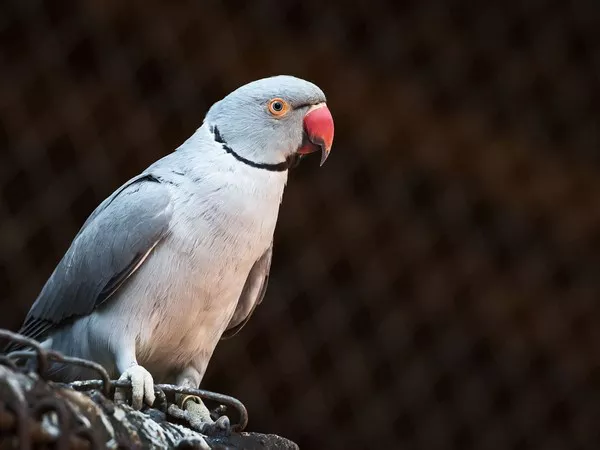Betta fish, also known as Siamese fighting fish, are popular pets cherished for their vibrant colors and elegant fins. However, due to their territorial nature, it is crucial to carefully select tank mates that can coexist peacefully with bettas. In this comprehensive guide, we will explore various fish species that can thrive alongside betta fish, creating a harmonious and visually appealing aquarium environment.
Understanding Betta Fish Behavior
Before choosing tank mates, it is important to understand betta fish behavior. Male bettas, in particular, are known for their aggression towards other males, especially those with similar physical attributes. They are also prone to nipping at long-finned or slow-moving fish. On the other hand, female bettas can be less aggressive but may still display territorial behavior.
Ideal Tank Mates for Bettas
When selecting tank mates for betta fish, it is advisable to choose species that exhibit non-aggressive behavior, have compatible water requirements, and do not resemble bettas in terms of color or fin shape. Here are some excellent choices:
Corydoras Catfish: These small, peaceful bottom-dwelling fish are a popular choice for betta tanks. Corydoras catfish are social creatures that prefer living in groups, making them suitable companions for bettas.
Neon or Ember Tetras: Neon tetras and ember tetras are colorful schooling fish that can add vibrancy to your aquarium. They are relatively small, fast-swimming, and peaceful, making them compatible with bettas.
Harlequin Rasboras: Harlequin rasboras are another schooling fish that coexist well with bettas. They are peaceful, active swimmers and their striking orange and black patterns make for a visually pleasing combination with bettas.
Kuhli Loaches: These slender, eel-like fish are known for their peaceful nature and interesting behavior. Kuhli loaches spend most of their time burrowing in the substrate, making them a great addition to betta tanks.
Mystery Snails: Adding snails to your betta tank can not only provide an aesthetic appeal but also help with algae control. Mystery snails are a popular choice as they are peaceful and won’t bother bettas.
Fish to Avoid
While certain fish species can coexist peacefully with bettas, there are others that should be avoided due to their aggressive nature or similar appearance to bettas. Here are some examples:
Male Bettas: Keeping multiple male bettas together almost always leads to aggression and fighting. It is essential to house them separately to prevent injury or even death.
Guppies: Despite their vibrant colors, guppies should generally be avoided as tank mates for bettas. Male guppies often have long, flowing fins that may trigger aggression from bettas who mistake them for rivals.
Female Bettas: While female bettas are usually less aggressive than males, they can still display territorial behavior. It’s important to monitor their interactions and provide adequate hiding spots if keeping them with other fish.
Aggressive Fin-Nipping Species: Certain fin-nipping species like tiger barbs or red-tailed sharks should be avoided as they may damage the delicate fins of bettas, causing stress and potential health issues.
Tank Setup Considerations
In addition to selecting suitable tank mates, it is crucial to create an appropriate environment for both bettas and their companions. Consider the following factors when setting up your betta community tank:
Tank Size: A larger tank provides more swimming space and reduces territorial disputes. Aim for a tank size of at least 10 gallons (38 liters) to accommodate multiple fish comfortably.
Hiding Spots: Bettas and their tank mates benefit from having ample hiding spots such as caves, plants, or driftwood. These hiding places help reduce stress and provide a sense of security.
Filtration and Water Parameters: Ensure that the tank has proper filtration and maintain stable water parameters. Most betta tank mates have similar water requirements, but it is essential to research and match them accordingly.
Conclusion
Creating a harmonious community tank with bettas requires careful consideration of compatible tank mates, understanding betta behavior, and providing an appropriate environment. By selecting peaceful species that do not resemble bettas in color or fin shape, you can create a visually stunning aquarium where all the inhabitants coexist happily. Remember to monitor their interactions and make adjustments as necessary to ensure the well-being of your betta fish and their companions.
Related Topics:


























